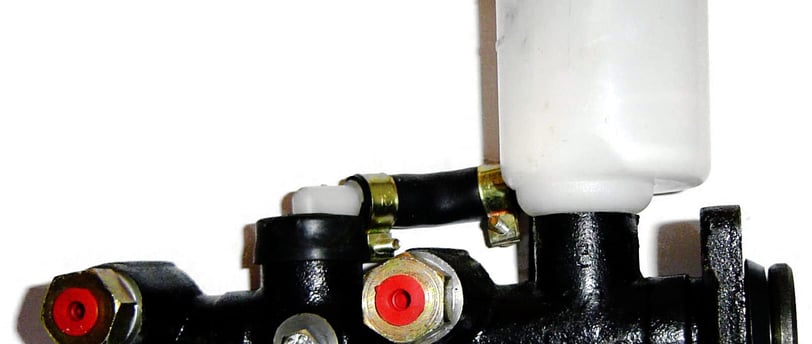Understanding Brake Pump Materials: Which Last the Longest?
"Brake Pump Materials: Which Last the Longest?" Explores the different materials used in brake pump construction and their durability, helping readers make an informed purchase.
10/2/20242 دقيقة قراءة


Introduction to Brake Pump Materials
Brake pumps are critical components in a vehicle’s braking system, responsible for generating hydraulic pressure to activate the brakes. The durability and efficacy of a brake pump heavily depend on the materials used in its construction. Selecting the right material not only impacts the longevity of the brake pump but also the overall safety and performance of the vehicle. In this article, we will explore the various materials utilized in brake pump manufacturing and distinguish which options tend to last the longest.
Common Materials Used in Brake Pump Construction
The most prevalent materials in brake pump construction include cast iron, aluminum alloys, and plastic composites. Each of these materials has distinct properties that influence their performance in automotive applications. Cast iron is highly durable and has excellent strength, making it an ideal choice for high-performance applications. However, it is also heavier than other materials, which can impact fuel efficiency.
Aluminum alloys are favored for their lightweight nature and resistance to corrosion. They are commonly utilized in modern brake pump designs, offering a good balance between performance and weight. However, aluminum can have a shorter lifespan compared to cast iron if exposed to harsh environmental conditions. Lastly, plastic composites are increasingly being used due to their low weight and cost-effectiveness. While they may not have the same durability as metals, advancements in polymer technology have led to improved performance in specific applications.
Durability Factors of Brake Pump Materials
When considering the durability of brake pump materials, various factors come into play, such as resistance to temperature fluctuations, corrosion, and wear. Cast iron, while heavy, demonstrates excellent thermal stability, allowing it to perform consistently under varying temperatures. Its resistance to corrosion makes it suitable for regions with high humidity or where exposure to road salt is common.
Aluminum alloys, while lighter, often require protective coatings to enhance their resistance to oxidation and environmental degradation. If maintenance is diligently kept up, brake pumps made from aluminum can last a substantial amount of time. Meanwhile, plastic composites, despite their lightweight and cost-efficient advantages, may require more frequent replacement, especially in more demanding applications.
Making an Informed Purchase
In summary, when it comes to choosing a brake pump, the materials of construction play a significant role in determining longevity and performance. While cast iron offers unmatched durability, aluminum alloys present a lighter alternative with a good lifespan, making them suitable for a variety of vehicles. As for plastic composites, they serve well for budget-conscious consumers but may not withstand rigorous use.
Ultimately, the decision should be guided by the specific needs of the driver, the vehicle, and the driving conditions. By understanding the advantages and limitations of each material, consumers can make informed decisions, ensuring they select the best brake pump for their requirements.
الجودة
حلول موثوقة لقطع غيار السيارات، والخدمة، والتصميم.
تفاصيل الاتصال
الابتكار
+8615532823155
© 2024. All rights reserved.
